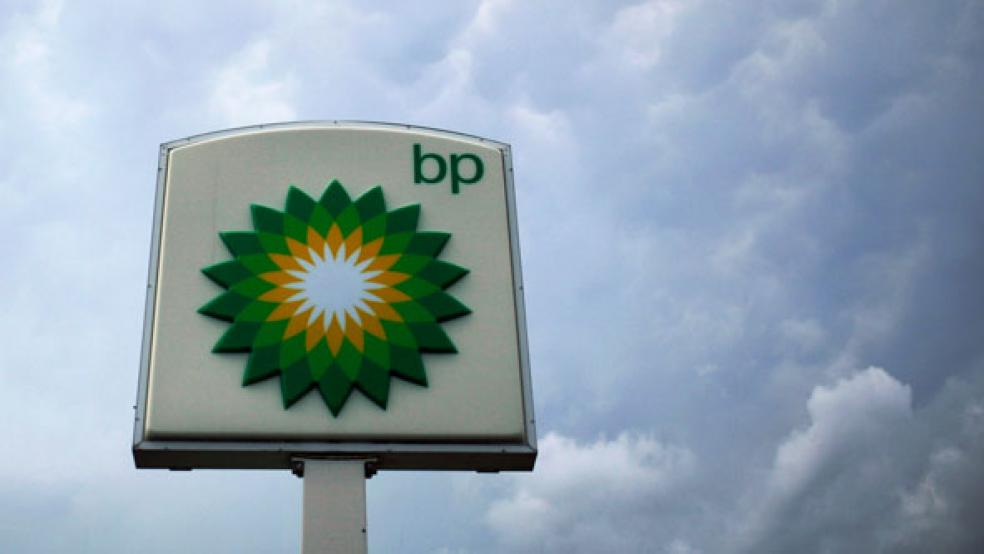What mattered when BP (BP) reported its earnings this week wasn’t what happened in the just-ended fourth quarter (pretty good news – it beat analysts’ earnings forecasts by a penny a share; revenue jumped 15 percent). And it wasn’t what happened today (it boosted its quarterly dividend 14 percent to 8 cents a share), much less what is happening to its underlying business (CEO Bob Dudley predicted operating cash flow could surge 50 percent if oil prices remain around $100 a barrel). Nearly two years after the Gulf of Mexico oil spill, the Macondo well is still casting a long shadow over the company’s valuation and prospects for a higher stock price.
That’s understandable. The legal mess resulting from the disastrous spill is far from being sorted out — and a trial to allocate liability among BP, Anadarko Petroleum (APC), Transocean (RIG), Halliburton (HAL) is scheduled to start in New Orleans on Feb. 27. So investors might be forgiven for still being uncertain about the impact of the disaster on BP’s future profits and cash flow.
COMPLETE COVERAGE: The BP Oil Spill
It took Exxon (XOM) — by then, ExxonMobil — nearly two decades before it settled litigation from the Valdez spill, being ordered to fork over the lion’s share of what by then amounted to $1 billion in damages. The Exxon Valdez spill released 750,000 barrels into the waters around Alaska; the Gulf of Mexico was fouled by as much as 4.9 million barrels in the five months or so that elapsed between the blowout of the Macondo well in April 2010 and the final sealing of the well in September 2010. No wonder Dudley is taking a welcoming approach toward settling pending litigation, albeit at what he deems to be a “reasonable” price; he would rather, he added, give investors “clarity” today and that a settlement would remove the shadow from the company’s stock price.
Truth is, BP isn’t badly off – that’s why it was able to boost its dividend despite the fact the company has no idea yet of the size of such a settlement. And it might be time for value conscious investors – at least those who don’t shun oil stocks out of principle – to take another look at BP and contemplate buying before the settlement is reached. Once that happens, and the company places the uncertainty firmly behind it, the stock is very likely to respond to the improving fundamentals that it disclosed in its earnings, with the price tag of such a settlement dictating on whether it’s a modest jump or a more impressive advance.
First, BP has a new regime in place; Tony Hayward, who initially tried to downplay the magnitude of the Macondo blowout and subsequent spill as “tiny” relative to the vast size of the ocean and demonstrated a remarkable skill for tactlessness, was pushed toward the exit and replaced by Dudley in October 2010. The new CEO has been shifting the company’s focus to higher-margin production operations (it had a 30 percent or so jump in profit margins on its oil output, the company just reported), and he is overseeing a return to drilling in the oil-rich Gulf of Mexico, where the number of deep-water rigs drilling for crude oil will jump to eight this year from five. That’s a crucial move, since of all the major companies, BP historically has been the most reliant on offshore production. The rate of decline in BP’s production slowed from 10 percent to 5 percent in the fourth quarter over the same period in 2010.
The spill has blighted BP’s corporate reputation and its financial prospects just as it has the waters of the Gulf of Mexico and the land that surrounds it. But for a hard-headed investor, the stock offers some upside, particularly since its response to what was a reasonably upbeat earnings release was so anemic and given the fact that it’s trading at less than nine times trailing 12-month earnings and offering investors a 4.1 percent yield.






